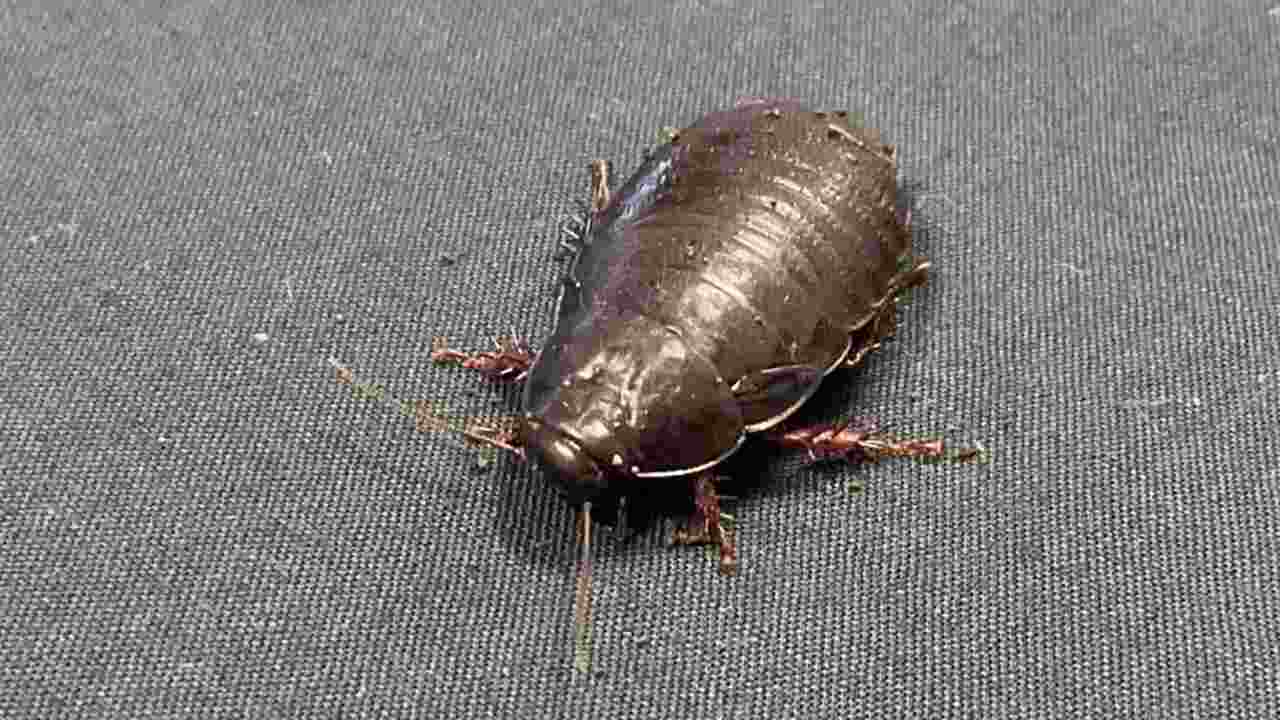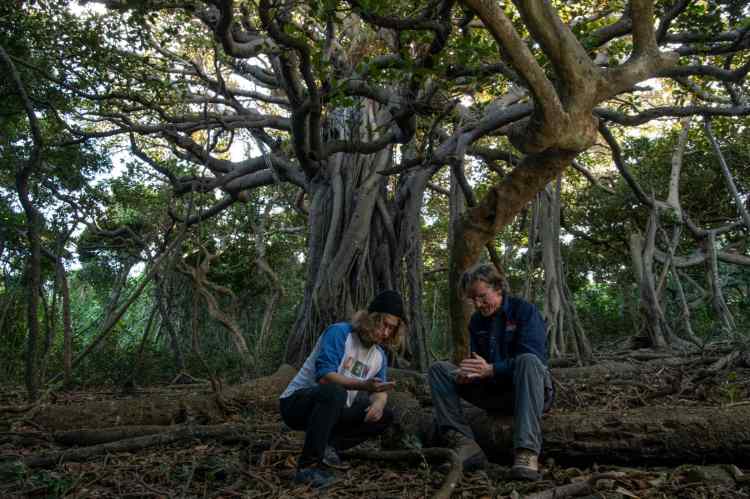Everyone thought he was missing, but after 80 years, Lord Howe Island’s wood-eating beetle is still alive.
Cockroaches are known to be highly resistant armored animals to the point that they survive even after a nuclear disaster, and once again their reputation for immunity has come to surprise us.

This story begins on Lord Howe Island, located in the Tasman Sea between Australia and New Zealand, where scientists have found a local species of wood-eating beetle that was thought to have been extinct for at least 80 years.
The discovery suppressed many biologists who had long believed that this species had been lost by being placed in the list of extinct animals in the past 100 years, in fact this list includes more than 160 animal species that became extinct due to human activities and climate change. The discovery of this cockroach bodes well for scientists willing to preserve it.
disappeared for 80 years
The scientific name of this cockroach is Banastia Lattawithout wings and large in size, specializes in wood consumption. Originally from the island Howe, it was believed to be extinct for at least 80 years.
It was a big surprise to biologists at the University of Sydney when they discovered that the extinction was completely wrong. The small Australian wood-eater survived and still inhabits its homeland.

So far, scientists believe that Panesthia lata has completely disappeared, and It dates back to 1918, when the so-called ship rats were introduced to Lord Howe Island. In the following decades, on two small islands off the Tasman Sea, searches revealed scattered groups of similar insects, but it turned out that they were only relatives. However, he was not a native of Old Lowe.
As explained by Atticus Fleming, Lord Howe Island Chairman, the discovery is excellent news first and foremost for its historical significance, and then for its genetic and evolutionary significance. “Almost like our version of Darwin’s finches, these beetles have excelled on small islands over thousands or millions of years and evolved their own unique genes.Fleming announces.
Impact on the ecosystem
The discovery happened by pure chance. The research team of Nicholas Carlyle, a researcher with the Department of Planning and Environment in New South Wales, Peering through the rocks they found several families Banastia Lattaat the foot of a large banyan (an evergreen plant of the family Moraceae widespread in the Indian subcontinent and in the continent of Oceania)
“The wood-eating crickets on Lord Howe Island are the building blocks for maintaining a healthy ecosystem on the island. Nutrients Recycledimportant for accelerating record-breaking and as a source Food for other speciesCarlisle announces.
“There is still much to learn. We hope to study their habitat, behaviors, genetics and learn more about how they managed to survive, through further experiments on the island.Professor Nathan Lo from the University of Sydney added.
Study has long been in the programs of local researchers who, precisely because The presence of these insects is of great importance to the ecosystem. They planned to reintroduce them somehow, using similar specimens populating the neighboring islands.
Although it is actually old Banastia Latta Once thought to be extinct, biologists have already noticed a fundamental difference that opens the door for further investigations. It seems that the wood-eaters are no longer feeding on rotting tree trunks, as they did originally, but They have evolved In a way that makes him live among the rocks.

“Reader. Travel maven. Student. Passionate tv junkie. Internet ninja. Twitter advocate. Web nerd. Bacon buff.”


